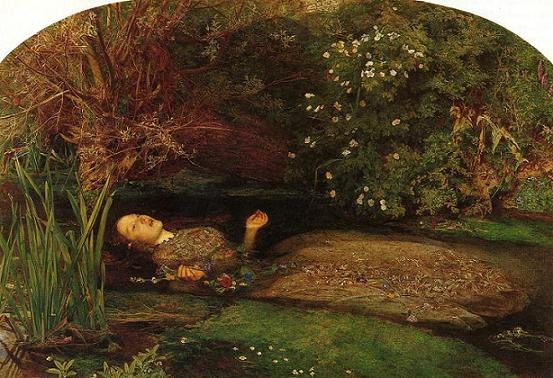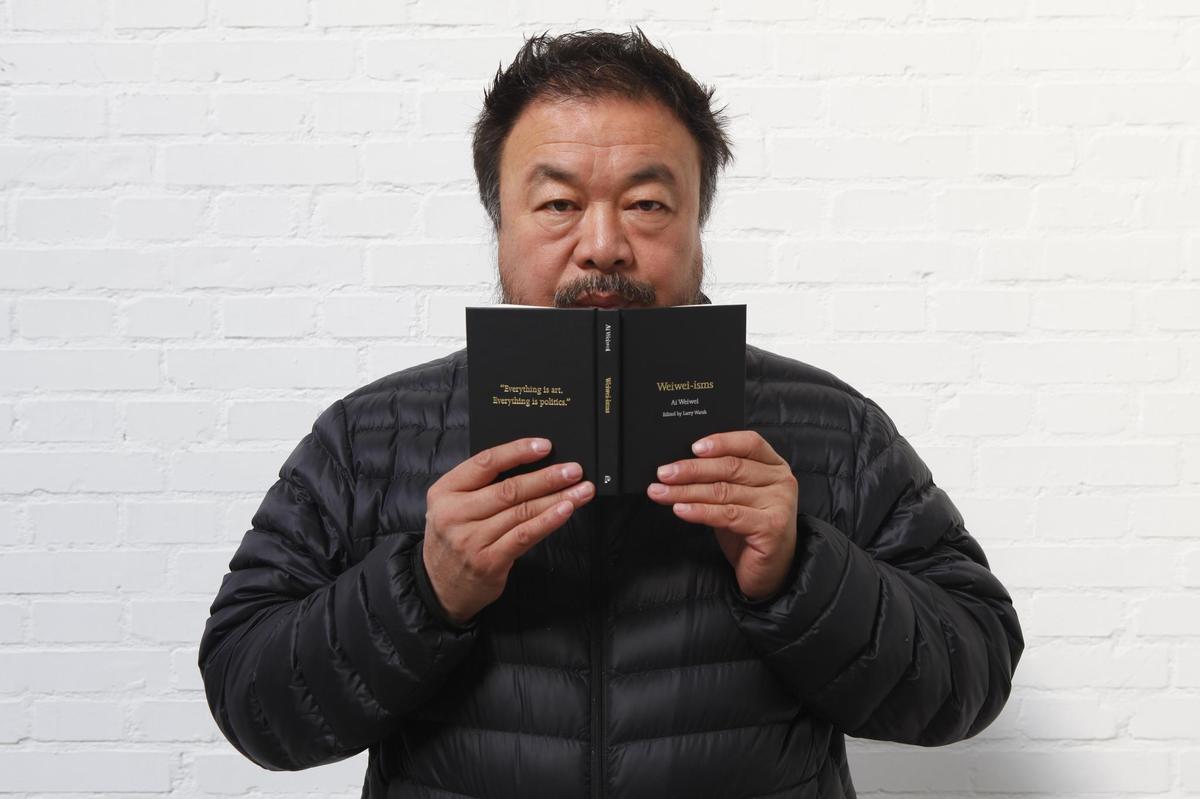ancient culture
Bulgakov “Heart of a Dog”
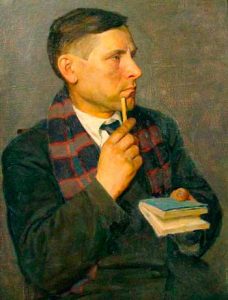 A homeless dog Sharik, who lived in Moscow, was scrubbed with a boiling water by one cruel cook. It was December, and Sharik, with his side wounded from the burn, was threatened with starvation. He howled plaintively at the gateway, when a well dressed, intelligent-looking gentleman suddenly appeared from the door of a nearby store. To the surprise of the dog, this mysterious man threw him a piece of Krakow sausage and began to call for him.
A homeless dog Sharik, who lived in Moscow, was scrubbed with a boiling water by one cruel cook. It was December, and Sharik, with his side wounded from the burn, was threatened with starvation. He howled plaintively at the gateway, when a well dressed, intelligent-looking gentleman suddenly appeared from the door of a nearby store. To the surprise of the dog, this mysterious man threw him a piece of Krakow sausage and began to call for him.
Sharik ran after his benefactor on Prechistenka and in Obukhiv Lane. On the way, the lord threw him a second piece of Krakow. To Sharik’s even greater astonishment, a decent man called him into the luxurious entrance of a large, rich house and led all the stray dogs, the porter, past the original enemy. Continue reading
Boyardo, Matteo Maria, and his “Roland in Love”
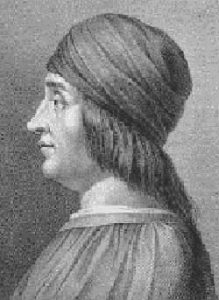 Matteo Maria Boyardo (1434 or 1441-1494) was descended from a noble surname, who zealously served the Este family (who owned Ferrara and Modena) and received from him in 1423 fief possession the county of Scandiano. Count Matteo Maria Boyardo studied in Ferrara, acquired a thorough acquaintance with Greek and Latin literatures, received the degree of Ph.D. and jurisprudence. The dukes of ferrara showed great respect for him; he married a girl from the Gonzag dynasty. From 1478 until his death, he almost continuously served as ruler of Reggio (in Lombardy). Modern lawyers blamed him for being too gentle, saying that he is better able to write poetry than to punish crimes. Continue reading
Matteo Maria Boyardo (1434 or 1441-1494) was descended from a noble surname, who zealously served the Este family (who owned Ferrara and Modena) and received from him in 1423 fief possession the county of Scandiano. Count Matteo Maria Boyardo studied in Ferrara, acquired a thorough acquaintance with Greek and Latin literatures, received the degree of Ph.D. and jurisprudence. The dukes of ferrara showed great respect for him; he married a girl from the Gonzag dynasty. From 1478 until his death, he almost continuously served as ruler of Reggio (in Lombardy). Modern lawyers blamed him for being too gentle, saying that he is better able to write poetry than to punish crimes. Continue reading
Afanasy Nikitin “Going beyond three seas”
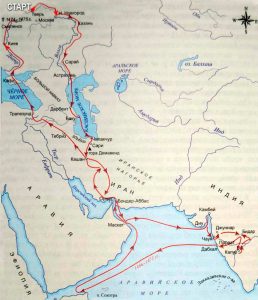 “Going beyond the three seas of Afanasy Nikitin” (see its full text) – a description by a 15th century Russian man of his journey to far India.Afanasy Nikitin was a Tver merchant. In 1466, he joined the embassy of Grand Duke Ivan III, who was traveling to Azerbaijani Shemakha. Nikitin went to Shamakhi for commercial purposes, but on the way he was robbed by the Tatars, who took everything from him, even the Bible, which, as a very religious man, he never parted. Then he decided to try his luck and continue to trade: he did not want to return home empty-handed. So he made his trip “for three seas” (the Caspian, Black and Indian), and got by dry road to India before the famous navigator Vasco da Gama. Continue reading
“Going beyond the three seas of Afanasy Nikitin” (see its full text) – a description by a 15th century Russian man of his journey to far India.Afanasy Nikitin was a Tver merchant. In 1466, he joined the embassy of Grand Duke Ivan III, who was traveling to Azerbaijani Shemakha. Nikitin went to Shamakhi for commercial purposes, but on the way he was robbed by the Tatars, who took everything from him, even the Bible, which, as a very religious man, he never parted. Then he decided to try his luck and continue to trade: he did not want to return home empty-handed. So he made his trip “for three seas” (the Caspian, Black and Indian), and got by dry road to India before the famous navigator Vasco da Gama. Continue reading

